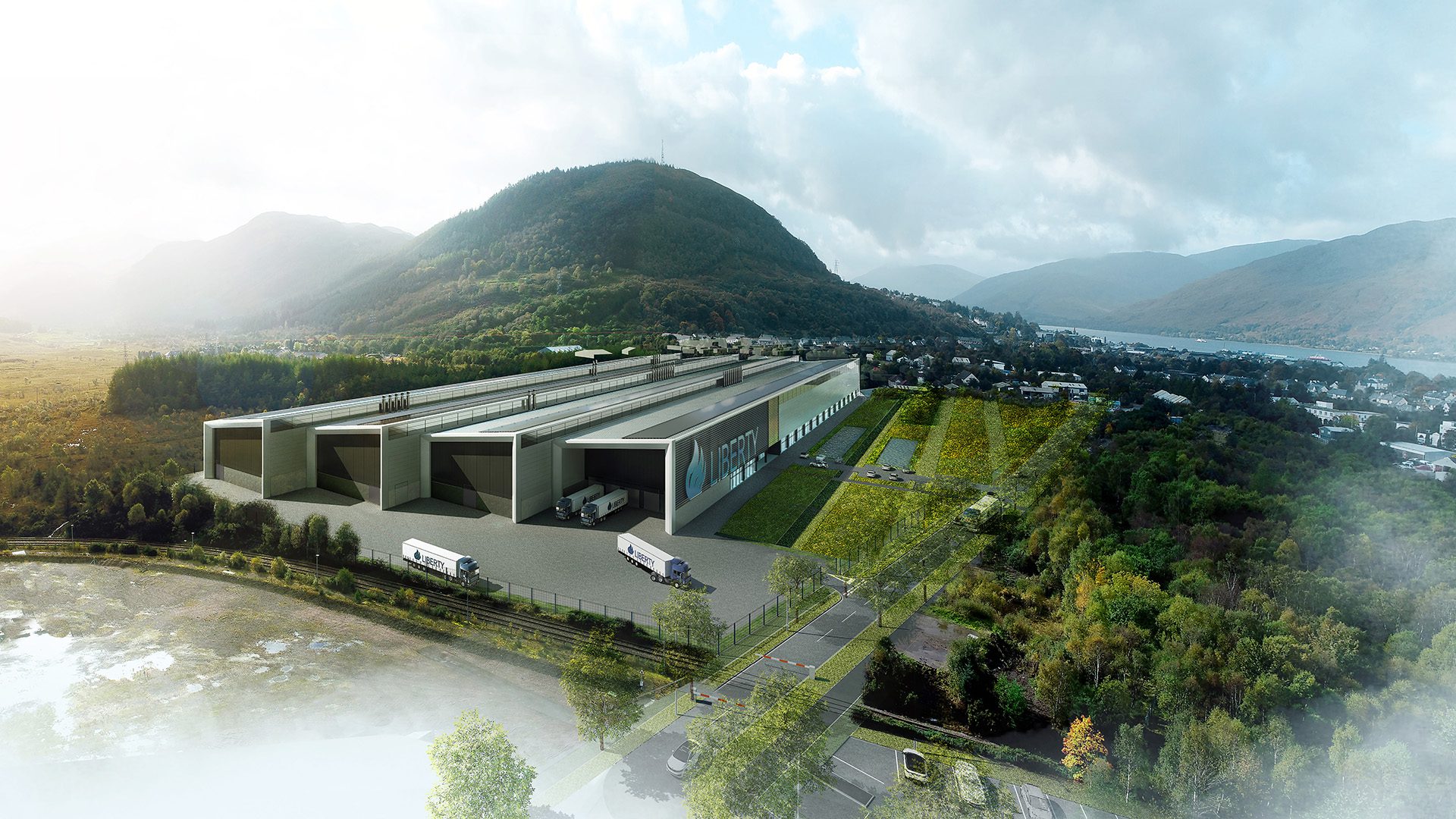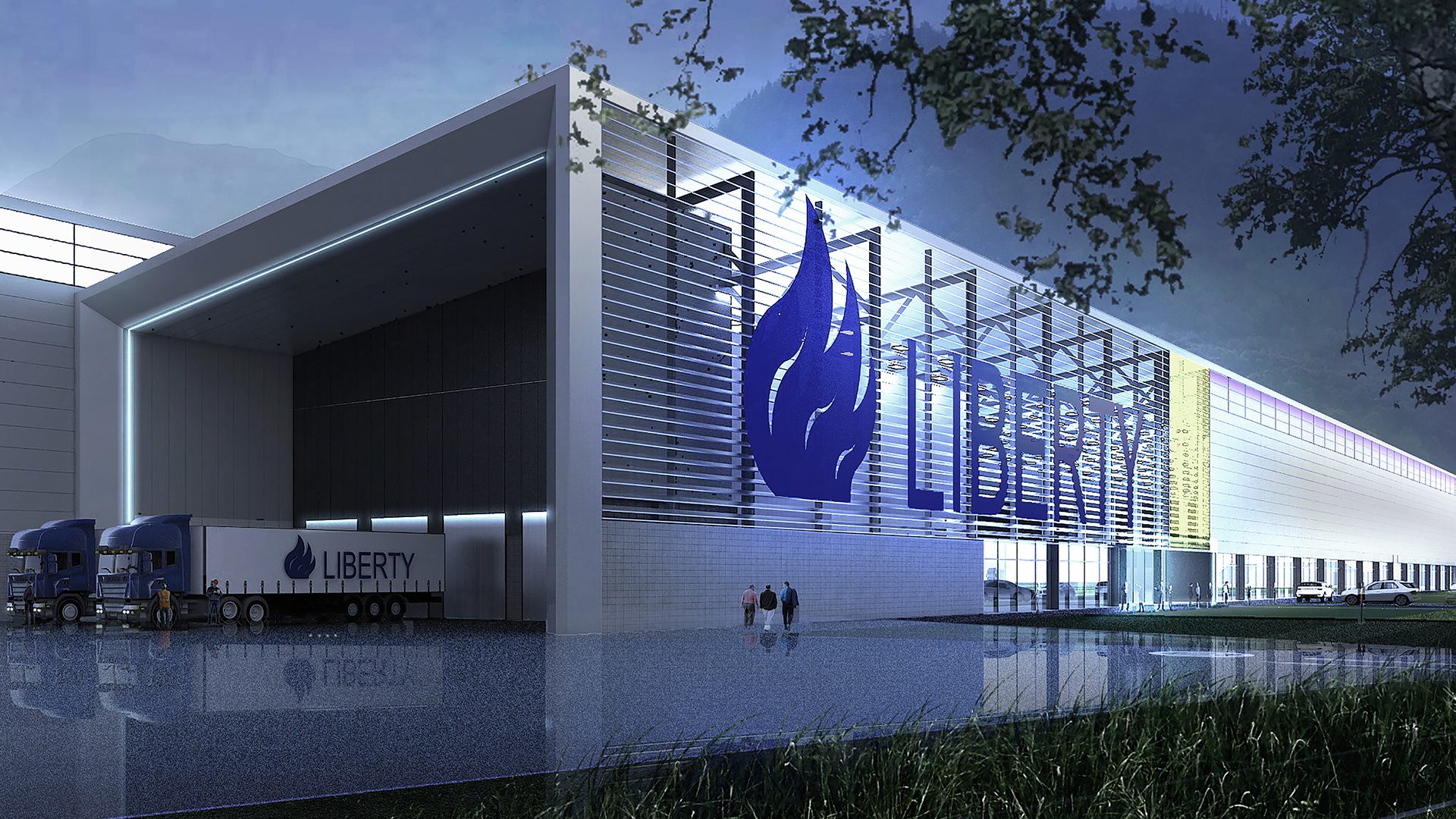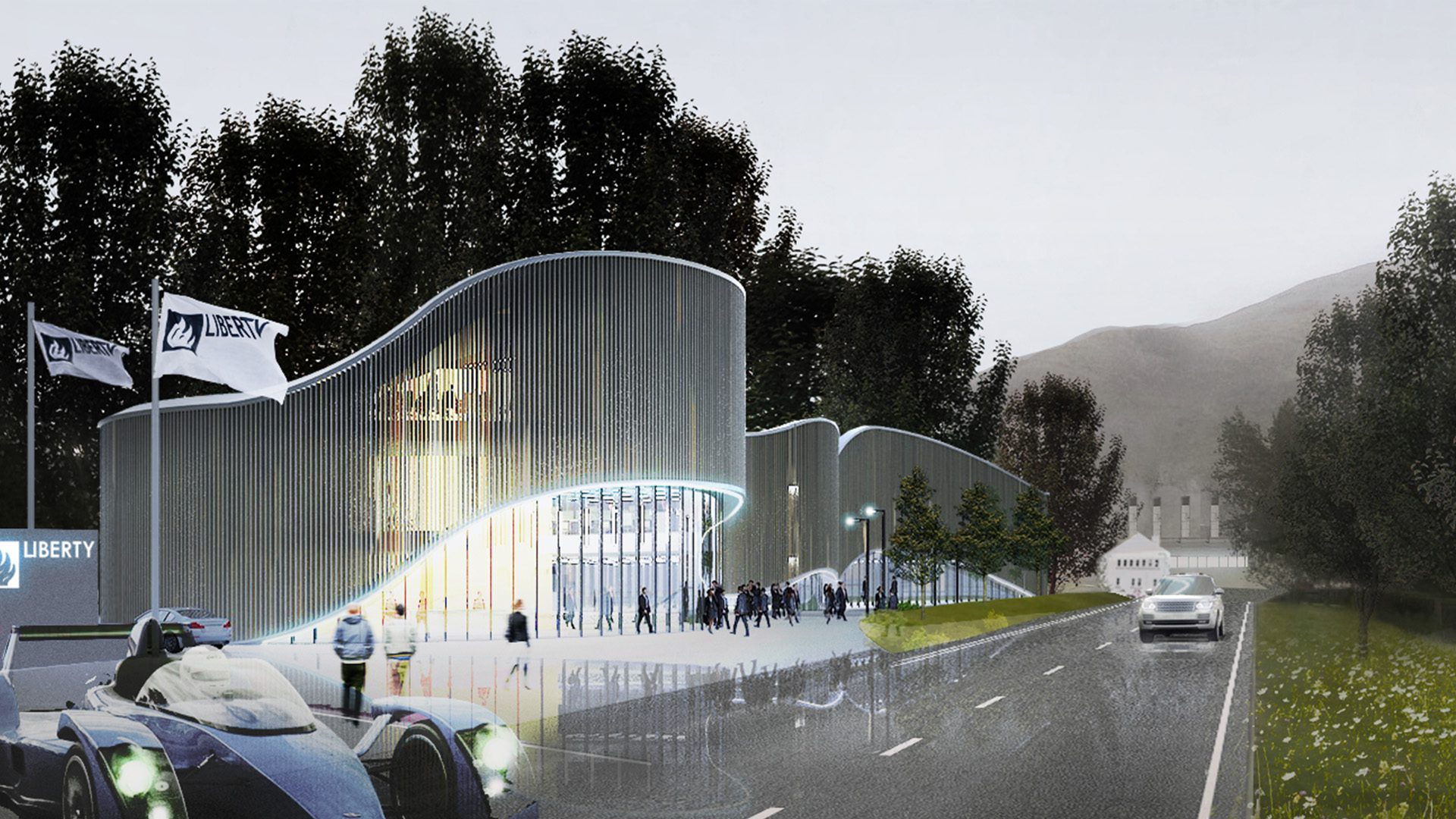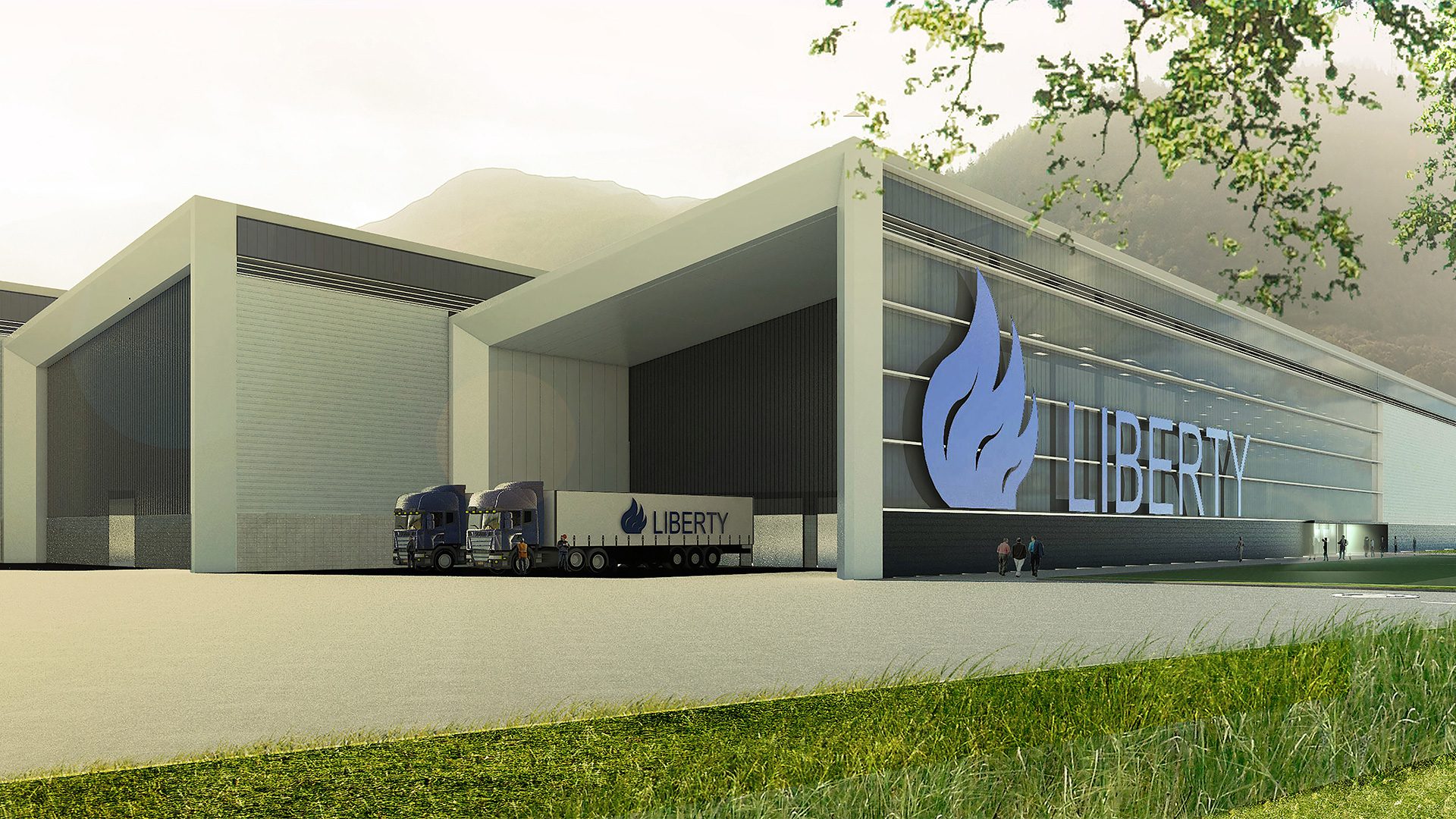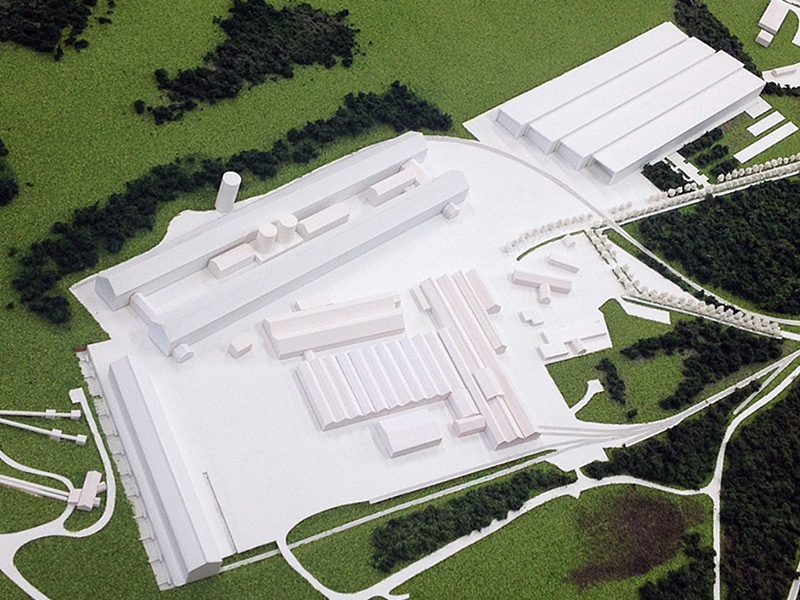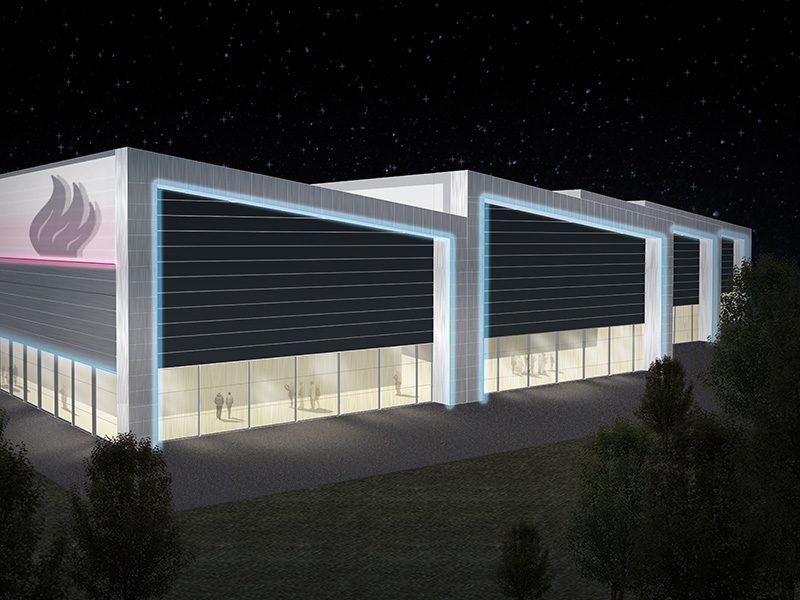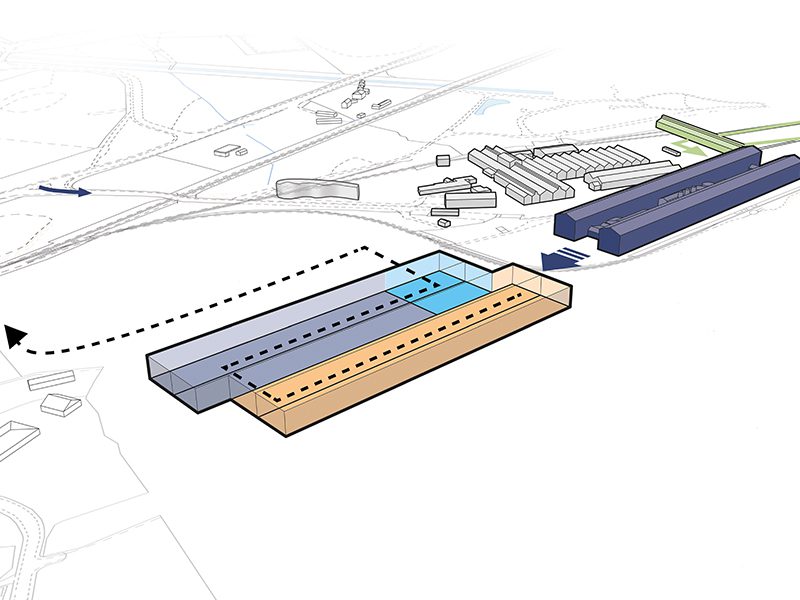Client
Liberty Aluminium Lochaber Ltd (GFG Alliance)
Contact
Brian Templeton (Project Manager)
Dates
Ongoing
Value
£60m
Area
31300 sqm
Status
In Design
“Our plans for Fort William will not only transform the economic prospects of the area but also create the UK’s only large-scale alloy wheel plant, a major step forward in Britain’s manufacturing capabilities. We plan to invest heavily in research and development to develop a world class product, made in the Scottish Highlands. We look forward to continuing to work with these bodies to fulfil the conditions set out in the planning consent and then to move ahead quickly with the building of the plant.””
Sanjeev Gupta, Executive Chairman of GFG


UK’s first purpose built alloy wheel manufacturing facility
Keppie was appointed by GFG Alliance to develop a new alloy wheel facility as an expansion of the existing Liberty Aluminium Smelter at Lochaber, Fort William. The new facility will create hundreds of jobs and be developed as part of a £120m investment by GFG in the wider smelter site.
Our design solution has evolved as a result of detailed analysis of the existing site location and the specialist processes involved in the manufacture of alloy wheels. The proposed facility presents a unique opportunity to maximise the existing Aluminium Smelter’s output, together with sources of renewable energy, to deliver a ‘green aluminium’ Alloy Wheel Facility that will be the first of its kind in the UK.
A key element that has informed the design is an understanding of the existing site context and wider site topography. The unique and sensitive setting of Glen Nevis has greatly influenced the design and form of the proposed facility.
As agreed with The Highland Council and Scottish Natural Heritage, a Landscape Visual Impact Assessment (LVIA) has assessed the impact of the proposed development from several key viewpoints. We spent a lot of time analysing these elevated viewpoints to inform the building concept. The result is an environmentally responsive, yet functional building that relates to its setting.
Following our extensive review of the alloy wheel manufacturing process schematic, a rationalised plan grid and four consistent structural bays were proposed to house the internal processes. The creation of a superstructure to facilitate the required accommodation could have resulted in a traditional industrial solution with a standard hip-ended roof form. However, given the visible nature of the site from elevated viewpoints on the Nevis Range, a typical institutional industrial solution was deemed inappropriate.
Our proposal is to create four mono-pitch building portions that minimise the roof and building mass. The plan of the building is then extended and contracted to create visual interest from the elevated views from Nevis Range.
A traditional single-pitched roof results in an increased overall building height, however dividing the roof pitch down into four equal sections has enabled the building height to be lowered, further reducing the visual impact of the building form.
This roof form acts as the fifth elevation and contains attributes such as controlled North light into the production area, potential solar collection from photovoltaic panels and potential rainwater harvesting. This unique, precise, linear, industrial form has aesthetic similarities to the aluminium slabs produced on site by the Applicant. There is also a rigour to the horizontality of the design solution that reflects the precision of the manufacturing process within.
Aluminium from the existing smelter will be utilised in the new facility to manufacture up to two million wheels a year for the UK car industry, meaning that the site could supply at least one fifth of all wheels required by UK vehicle manufacturers. The design team worked closely with The Highland Council to develop the proposals for the new facility and the scheme was successfully granted detailed planning consent in early 2017.
